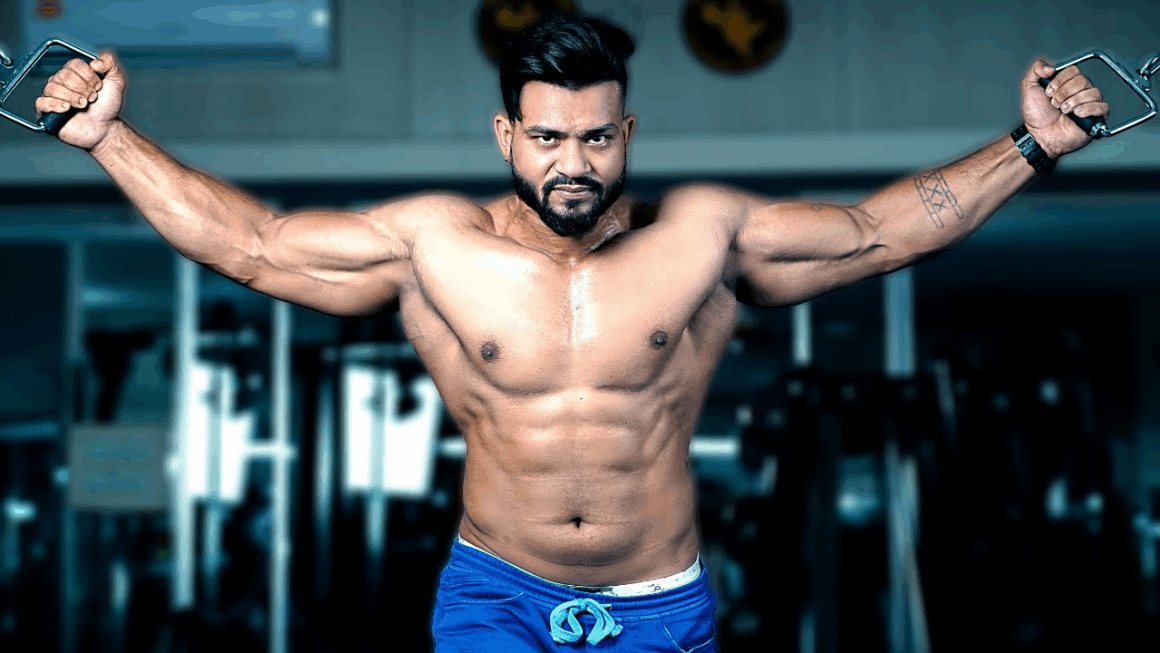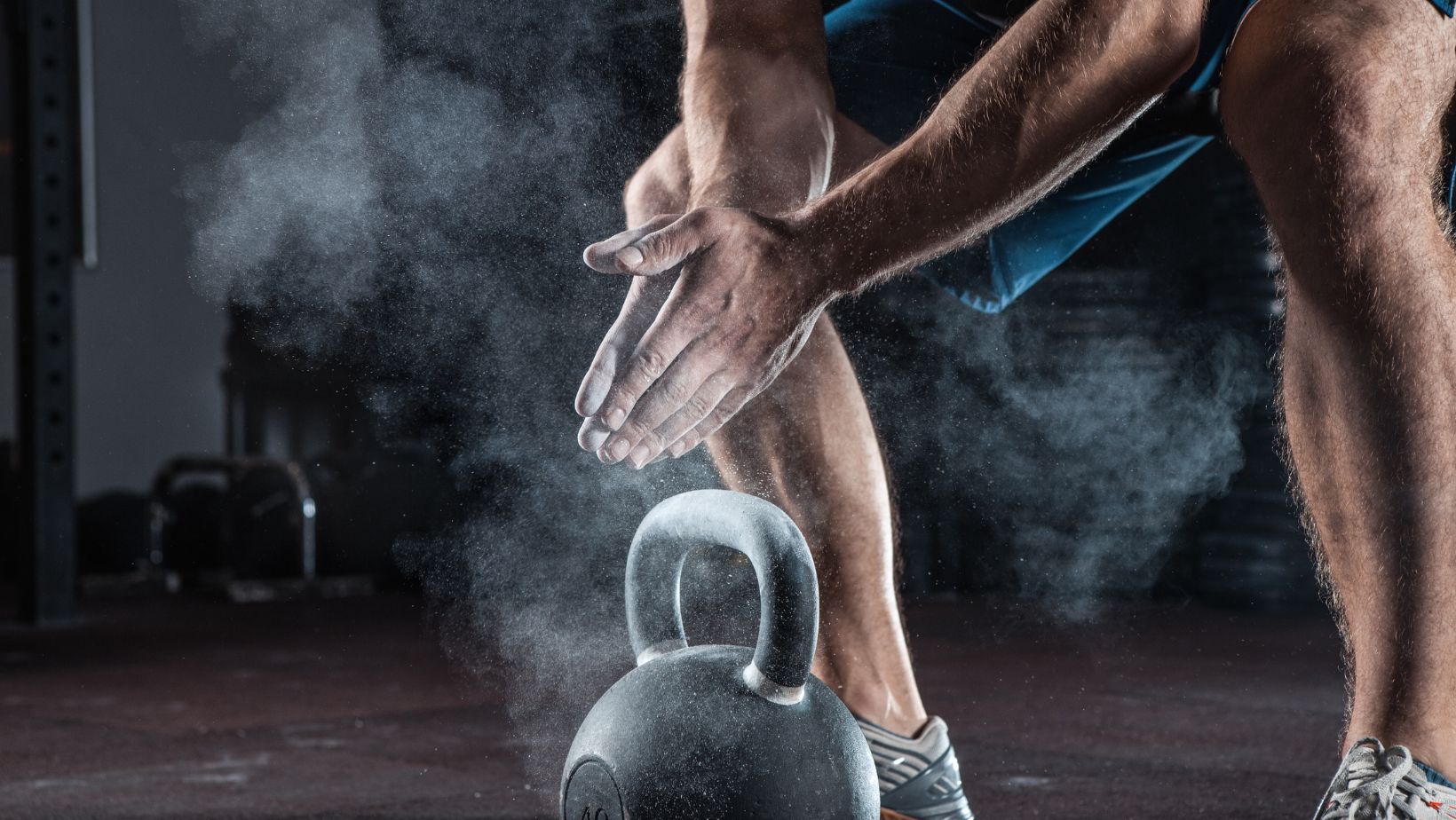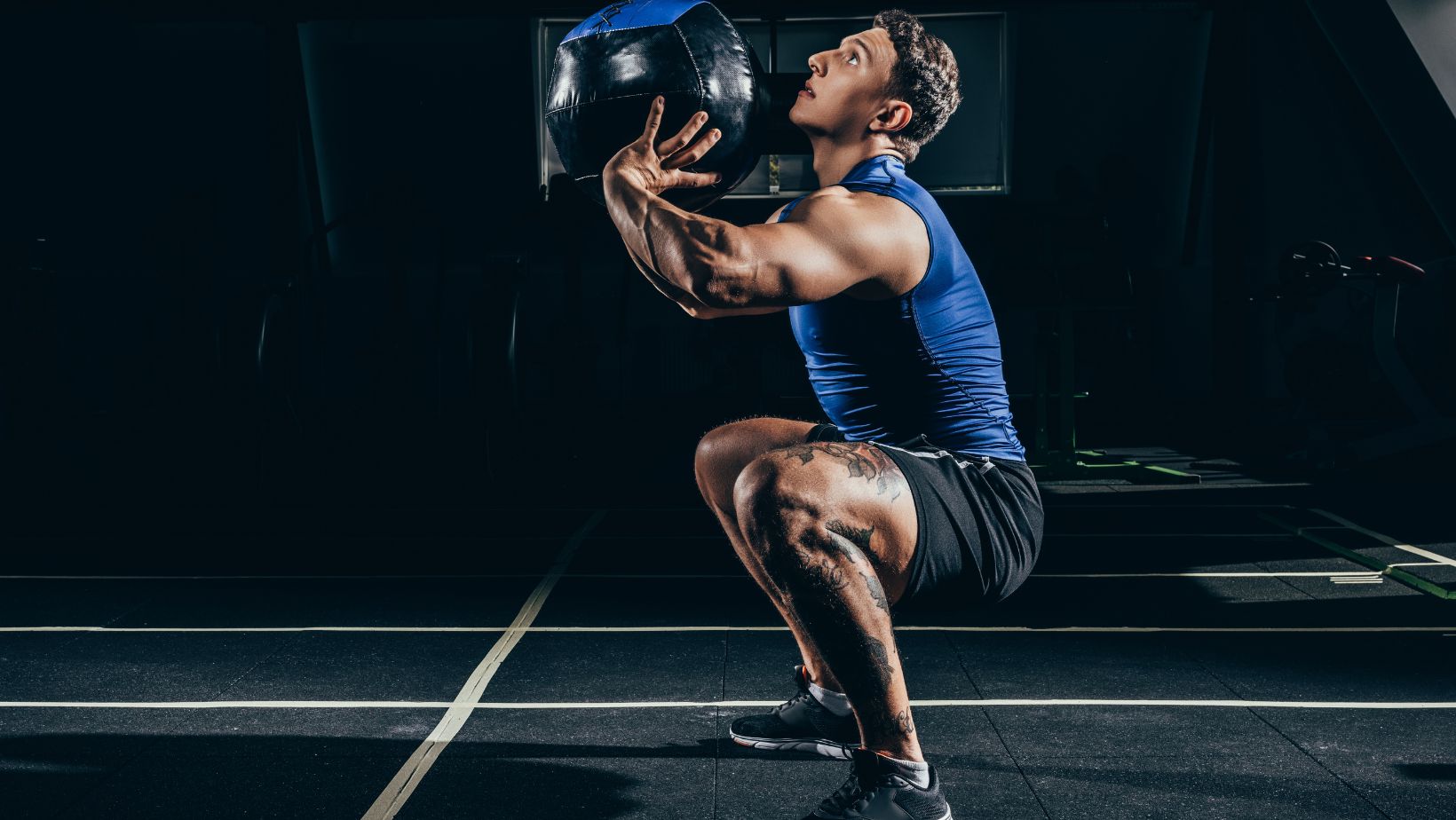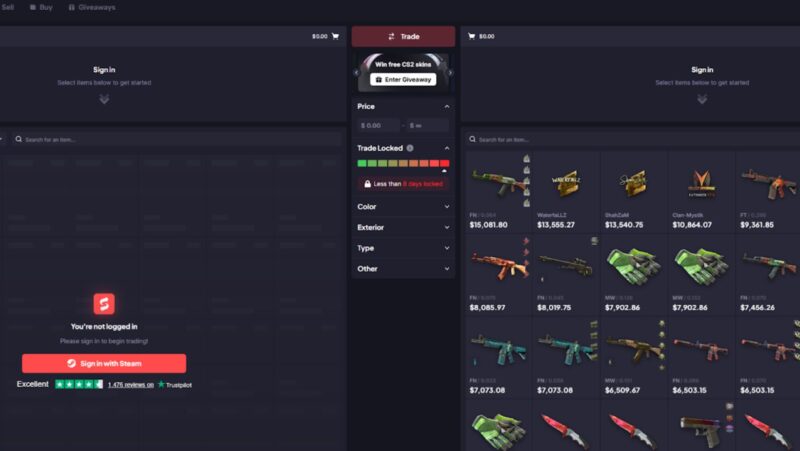Trends in Exercise for Adolescent Athletes from Bangladesh

In contemporary Bangladesh, a soft revolution is being constructed on cricket grounds, in training centers, and through sporting academies. New-age cricketers now put less emphasis on batting or fielding elegantly. At least, they’re thinking more, thinking more intelligently, and adapting to state-of-the-art fitness trends that till recently seemed out of reach.
Good old running and push-ups, goodbye. Today,_bd_cricketers, football players, martial artists, and trackmen prefer functional training, mobility training, clean nutrition, and even psychological training in a bid to achieve a cutting-edge on their game. It is felt by new-aged players that it is no longer a question of showdowns one day a year; it is a game played one day at a time with day-to-day decision-making.
Access to international fitness content on the internet, along with networks like 1xbet Bangladesh that enable followers to track their preferred players’ regimes as much as tournaments, makes fitness nowadays more about info and lifestyle than with effort.
We discuss top fitness trends that dominate the youth athletic landscape nationwide.
Functional Fitness Compared with Traditional Exercise Programs
One of the large trends has been toward functional training—movements that mimic genuine movement in sport. Raising heavy weights for looks’ sake is no longer a concern for junior performers; they now concentrate on coordination, balance, explosive power, and speed. Performance training for life rather than looks is done with kettlebells, resistance bands, exercises with a medicine ball, and one’s body weight.
And most especially for cricketers and football players who make use of virtual mentors or personal coaches. Training drills posted by international icons and players from club teams have become popular centers that popularized training exercises that once enjoyed a badge of being too pricey or too technical.
Sporting clubs and gymnasiums in Bangladesh are thus catching up with that trend in that they furnish training schedules that combine strength with flexibility with speed that is rather swift—a contemporary demand from players.
Recovery and Injury Prevention
Another that was catching up was the emphasis on recovery. Formerly overlooked—training harder was how one was getting more fit—recovery was now being given its due. With more information headed one’s way, juveniles are being educated about stretching regimens, foam rolling, ice baths, and rest cycles.
Coaches now remind players that training consists of rest itself and not otherwise. A basketballer cannot play anyway. So now comes along the new mindset to train smartly rather than hard.
Some also employ apps and wearable technology that track sleep, hydration level, and activity level—all information that was previously barred from non-experts. They enable them to be stable without burning out.
Mental Health and Concentration
What was previously off limits is now popular culture: brain fitness. Sports teams now prepare adolescents to condition the brain like they condition the body.
Methods such as visualization, breathwork, and mindfulness become staples for pre-match rituals. From taking it easy on a night before a final to retaining focus while long innings persist, cricketers see that mental training delivers.
Coaches also teach positive thinking and psychological training for large sporting events, with cricket and martial arts. The aim? Develop long-term confidence that goes beyond scoreboards in stadiums.
There has also been increased awareness fostered from overseas standards alongside an additional understanding of sports psychology—a factor that players themselves, no less than spectators, value.
Sports Nutrition
One of the largest changes, perhaps, is in diet and nutrition. Pre-game sugar drinks and greasy snacks are a thing of the past. Teens in Bangladesh worry more about macros, hydration, and energy now than they ever did.
Some strictly follow personalized nutrition manuals, while others copy a desired professional they see on social media. Small yet effective modifications – like starting one’s day with oats, replacing fried foods with lean protein, or increasing one’s water intake – are becoming a household requirement in athletic households.
Sports drinks, protein powders, and even supplements (with close supervision) need no longer be regarded as luxury products but a natural component of any athlete’s gear.
And it isn’t about consuming less—it’s about consuming for repair and work.
Conclusion: The Emergence of Today’s Bangladeshi Athlete
What we’re witnessing now in Bangladesh isn’t merely a blossoming of athletic ability—that it is that—but it is a different mindset. We’re no longer witnessing youngsters who merely play. We’re witnessing tacticians who realize that excellence starts a long way before a game.
By getting more comfortable with training for recovery, nutrition, mental concentration, and intelligent training, they’re adopting fitness as a year-round endeavor, NOT as a seasonal hobby. And with connectivity via tools like 1xbet Bangladesh, they’re connected with international sporting life with world-class data from pro players, with data analysis. Here is more than good-old win-at-all-costs with this bunch of players. They’re training for long stretches of survival duration-led from the front with guidelines for future sporting endeavors of Bangladesh. And if trends prove correct, it won’t be long before Bangladesh is renowned for more than its ability, more than its athleticism.







